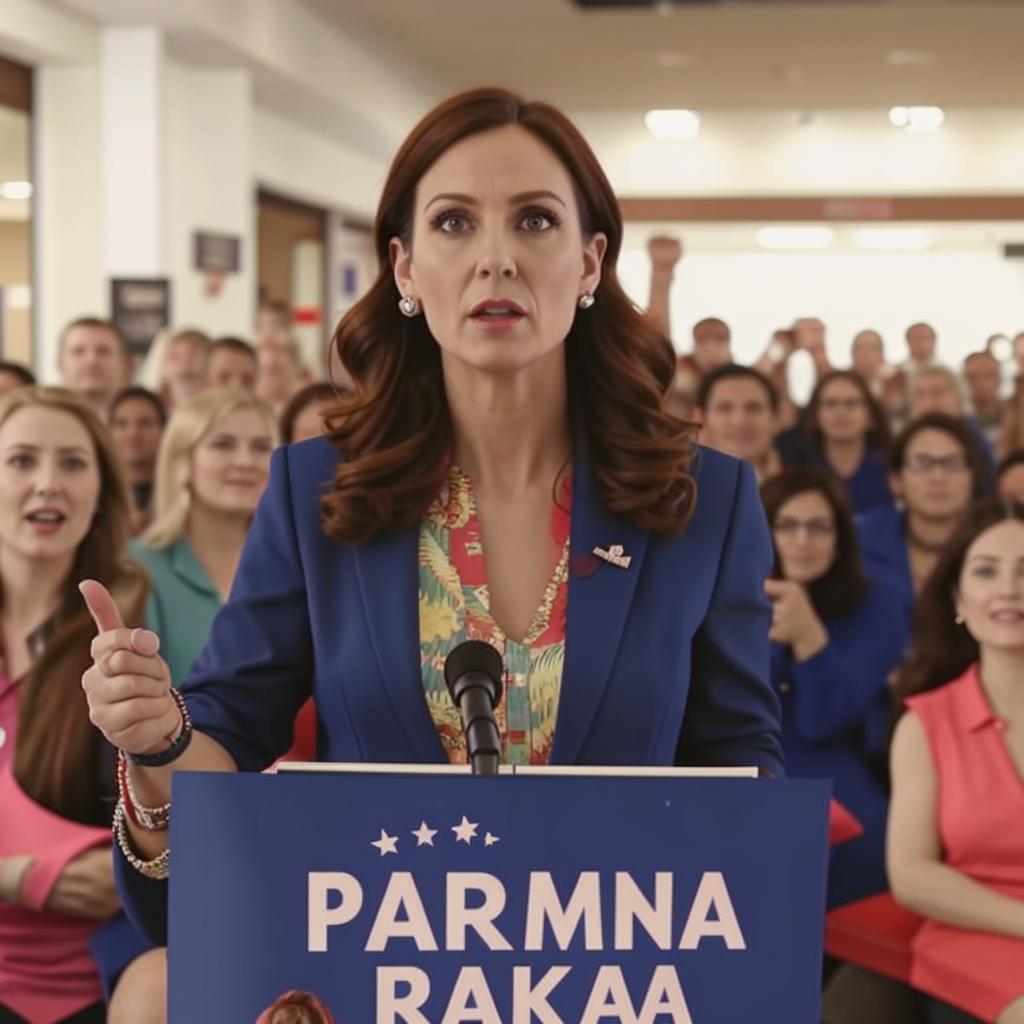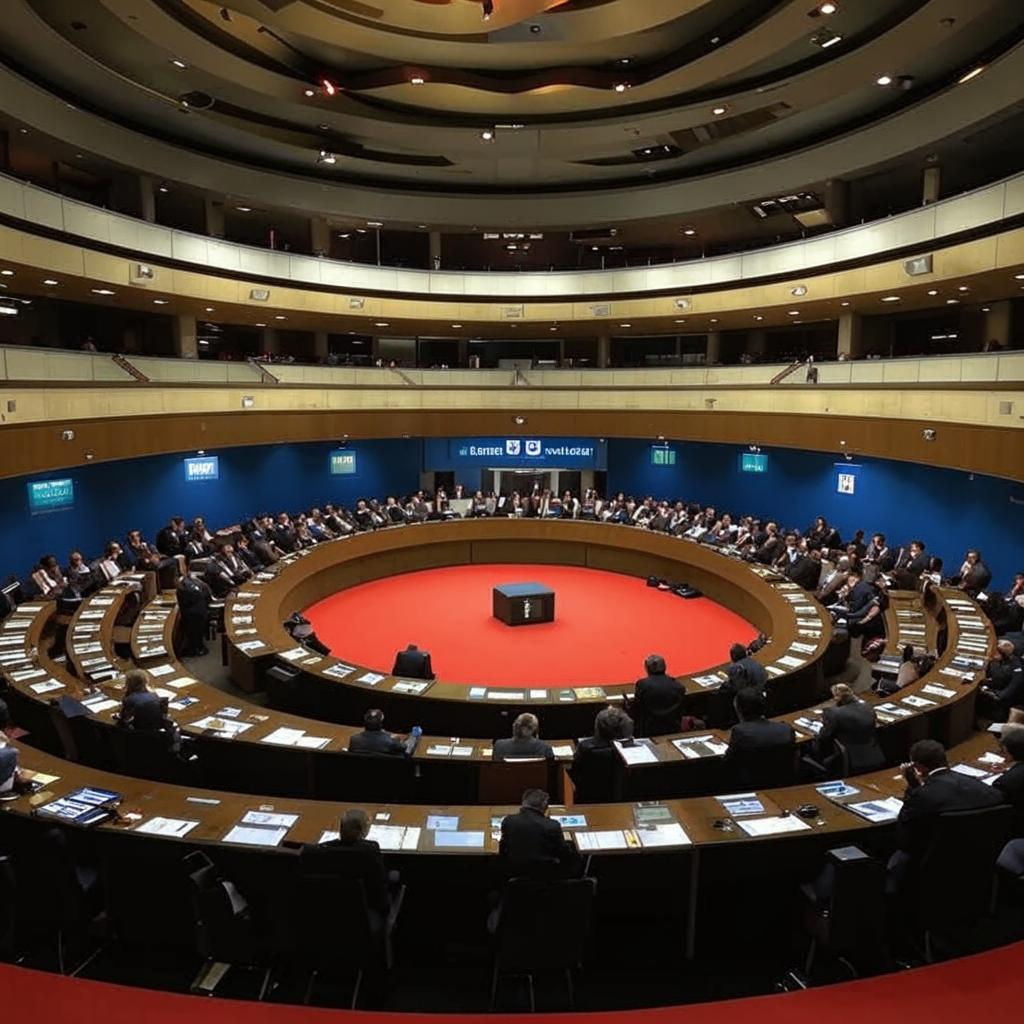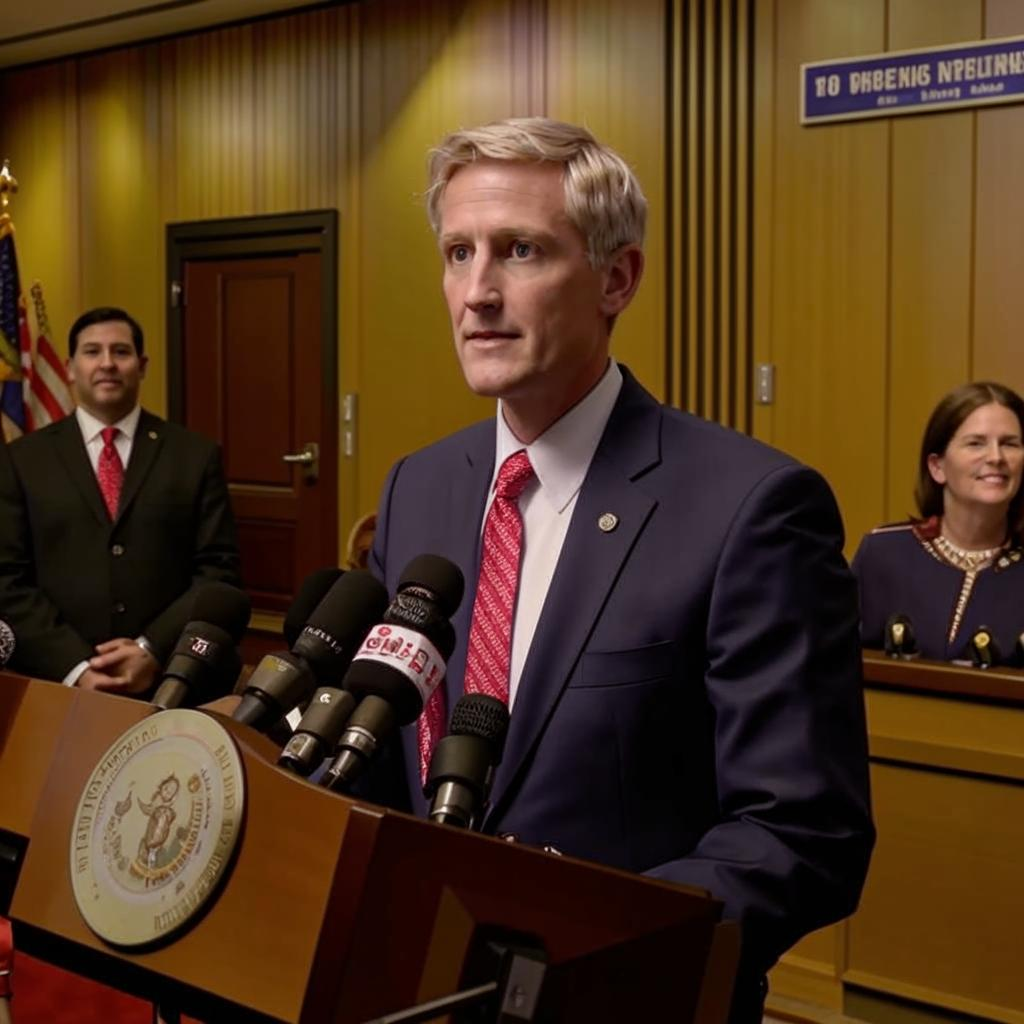Michael Barr, the Federal Reserve’s vice chair for supervision, has proposed significant changes to bank capital requirements, igniting a debate with the banking industry. Barr argues that these stricter rules are necessary to enhance the stability of the financial system and protect it from potential shocks.
The proposed changes target primarily larger banks, requiring them to hold more capital against their assets. This would essentially act as a larger buffer to absorb losses during economic downturns or unforeseen crises. The Fed believes this will reduce the likelihood of bank failures and the need for taxpayer-funded bailouts.
However, the banking industry is pushing back against the proposals. Lenders argue that increased capital requirements will stifle lending, hindering economic growth. They contend that the current capital levels are already adequate and that the new rules are unnecessarily burdensome and will place American banks at a competitive disadvantage compared to their international peers. Banks also suggest that the increased costs associated with holding more capital will ultimately be passed on to consumers in the form of higher loan rates and fees.
The debate highlights a fundamental tension between regulatory oversight and economic growth. Proponents of stricter rules emphasize the importance of financial stability, while opponents prioritize maximizing lending and investment. The final outcome of this debate will have a significant impact on the banking landscape and the broader economy. Regulators will now have to evaluate the arguments made by all stakeholders before coming to a decision. The consequences of this decision will affect the financial system for years to come.














